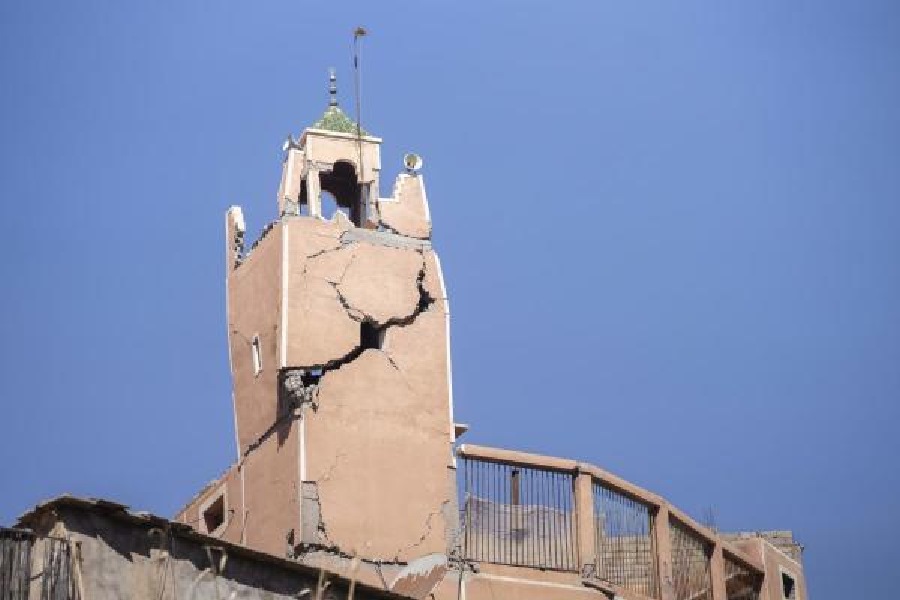Morocco’s deadly earthquake hit near Marrakech, a city beloved of Moroccans and foreign tourists for its medieval mosques, palaces and seminaries richly adorned with vivid mosaic tiling amid a labyrinth of rose-hued alleyways.
The extent of damage to Marrakech, a Unesco World Heritage site, was not yet clear on Saturday morning though most of the main historic sites in the old city appeared largely unscathed.
However, footage shared online, but not verified by Reuters, showed cracks and fallen rubble at a small section of the medieval walls and a collapsed minaret.
The shaking was bad enough to drive most residents from their houses when it struck soon after 11pm (2200 GMT) and many slept outside, fearful of aftershocks in a city where many of the old houses are made from stone and mud brick. Standing outside the city hospital, Karim El Baridi said his uncle was being treated for broken ribs after leaping out of an upper story for fear his building would collapse. “He was scared and jumped,” Baridi said.
At the Jemaa al-Fna Square, Marrakech’s grand centrepiece overlooked by the medieval Kotoubia mosque and a haunt of street entertainers, market stalls and snake charmers, the most precious heritage appeared intact.
The towering minaret of the Kotoubia, which is kept carefully maintained due to its prized status, looked unharmed but the minaret of a less well-known mosque in another part of the expansive square had collapsed, smashing some cars with rubble.
Standing in front of a pile of rubble elsewhere in the old city, with elegant archways rising up behind it, Marrakech resident Miloud Skrout said the damage had blocked alleyways making it hard to help trapped residents.
“Everything is God’s will but we sustained great harm... There is no way to enter houses and my parents are ill at home,” he said.










